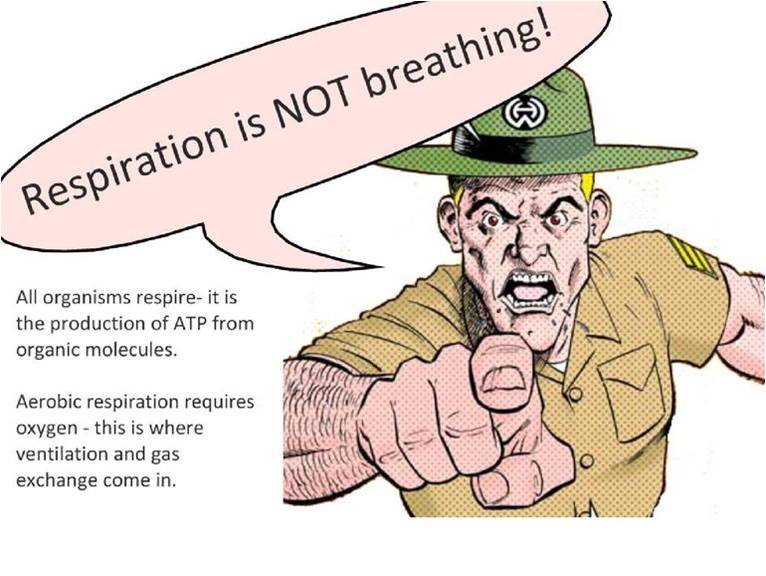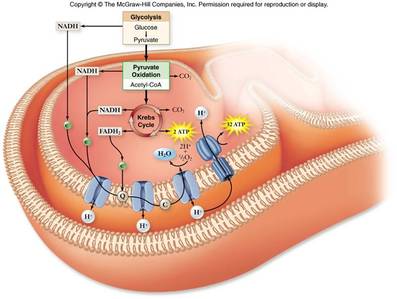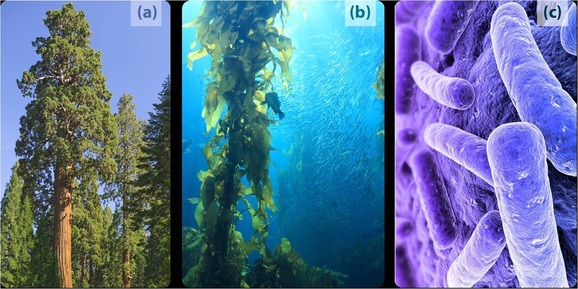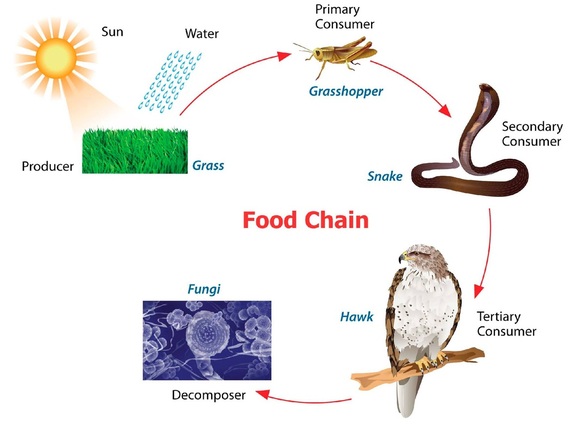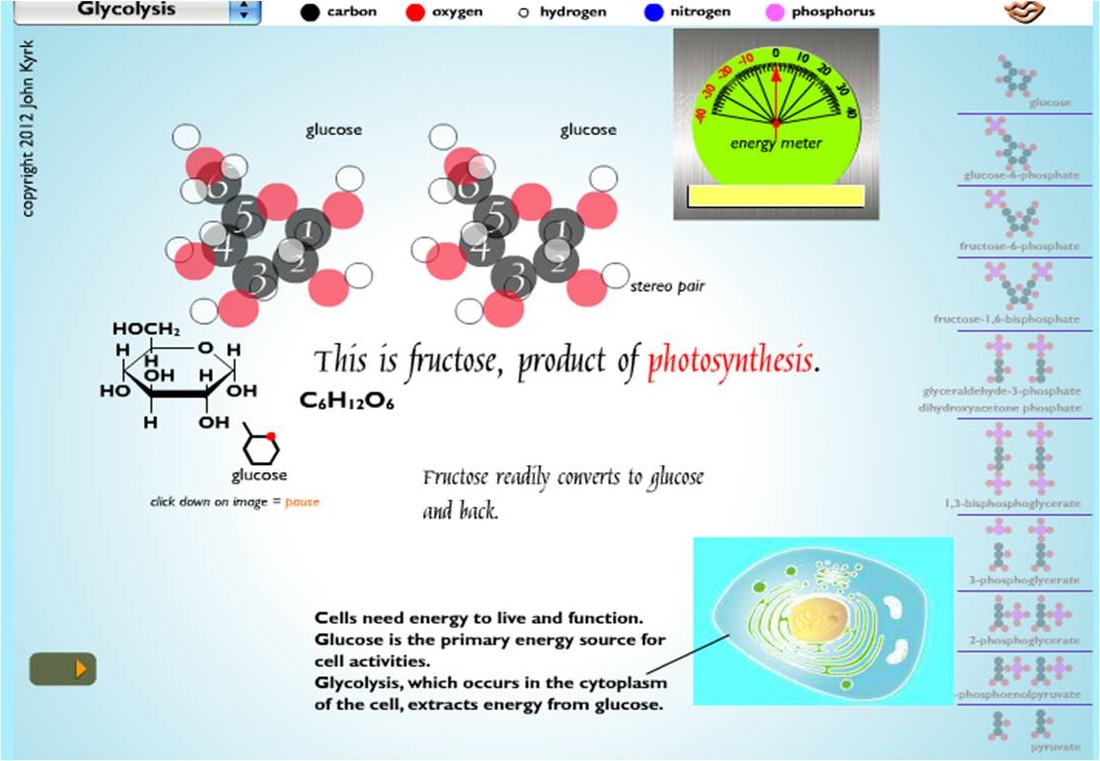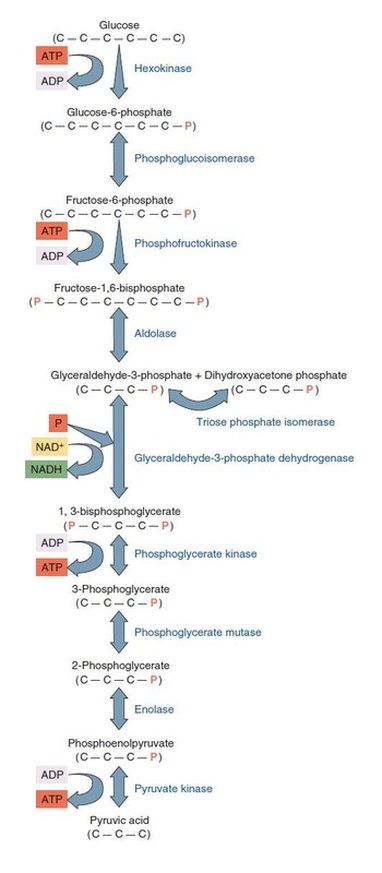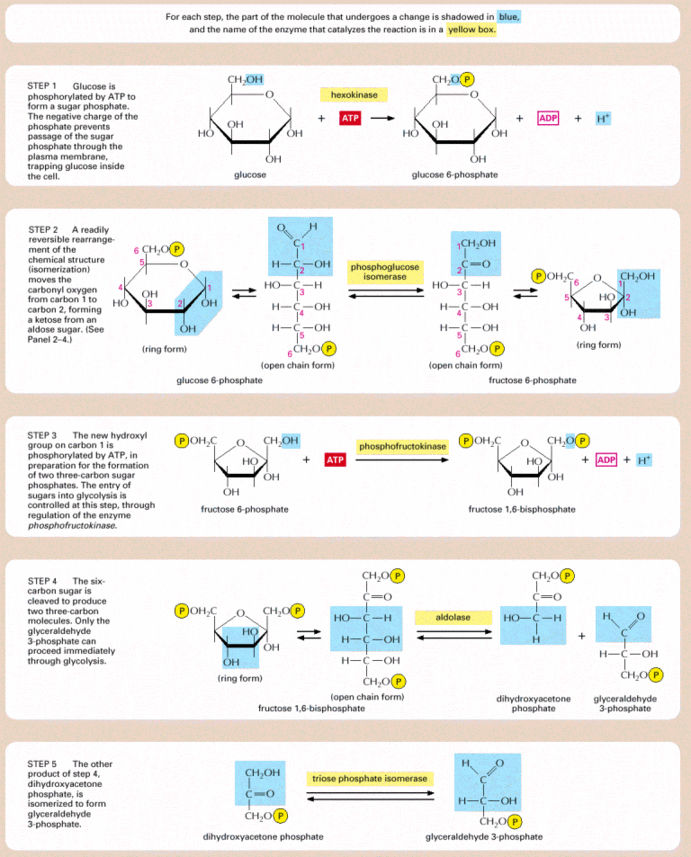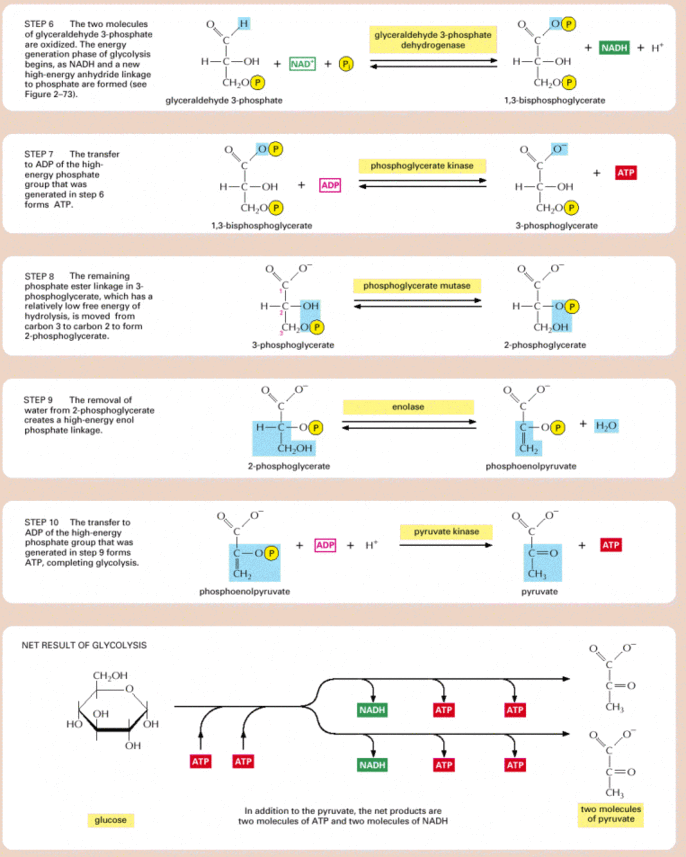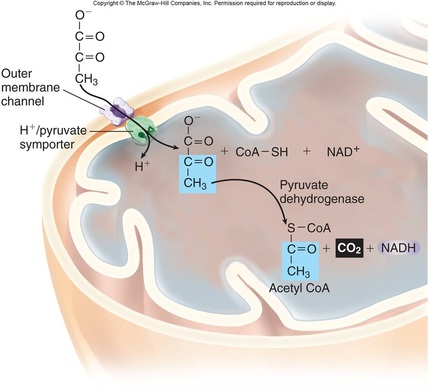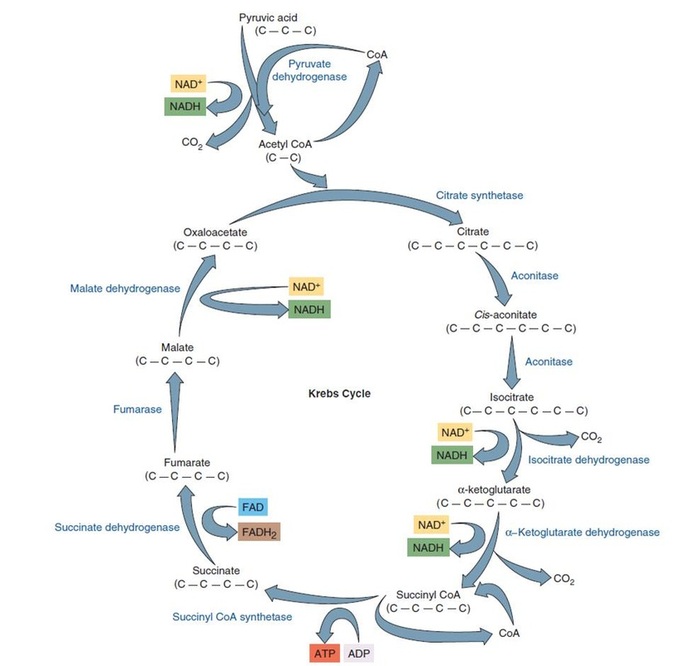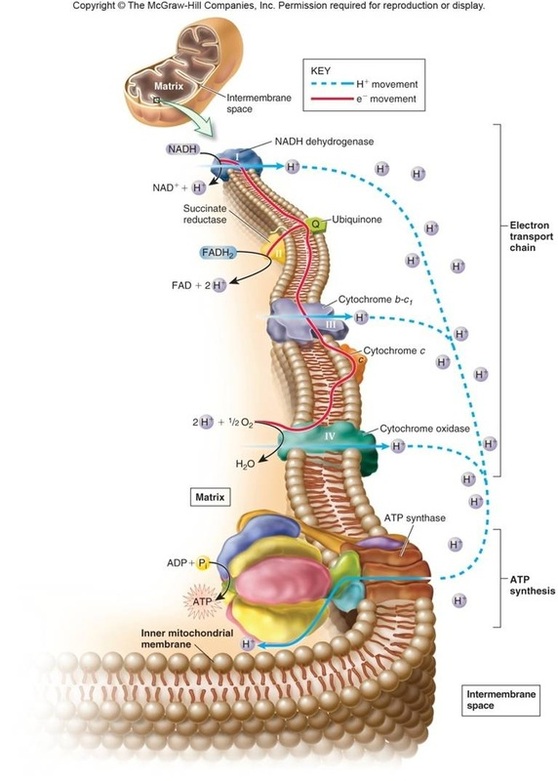ISC 11>CONTENT> 4-UNIT OF LIFE> 4. CELLULAR RESPIRATION
SCOPE OF SYLLABUS:
Cellular respiration: aerobic and anaerobic, fermentation, glycolysis, Kreb’s cycle, oxidative phosphorylation and respiratory quotient. Amphibolic pathway.
Cellular respiration: aerobic and anaerobic, fermentation, glycolysis, Kreb’s cycle, oxidative phosphorylation and respiratory quotient. Amphibolic pathway.
Introduction
All living things need energy, which is defined as the ability to do work. You can often see energy at work in living things—a bird flies through the air, a firefly glows in the dark, a dog wags its tail. These are obvious ways that living things use energy, but living things constantly use energy in less obvious ways as well.
Why living things need energy...?
Inside every cell of all living things, energy is needed to carry out life processes. Energy is required to break down and build up molecules and to transport molecules across plasma membranes. All life’s work needs energy. A lot of energy is also simply lost to the environment as heat. The story of life is a story of energy flow—its capture, its change of form, its use for work, and its loss as heat. Energy, unlike matter, cannot be recycled, so organisms require a constant input of energy. Life runs on chemical energy. How Organisms Get Energy:
Where do living organisms get this chemical energy............? (Autotrophs and Heterotrophs )
- The chemical energy that organisms need comes from food.
- Food consists of organic molecules that store energy in their chemical bonds.
- In terms of obtaining food for energy, there are two types of organisms: autotrophs and heterotrophs
1. Autotrophs
Autotrophs are organisms that make their own food. Most autotrophs use the energy in sunlight to make food in a process called photosynthesis.
Plants, algae, and some bacteria can make food through photosynthesis.
2. Heterotrophs
Hetertrophs are living things that cannot make their own food. Instead, they get their food by consuming other organisms, which is why they are also called consumers. They may consume autotrophs or other heterotrophs. Heterotrophs include all animals and fungi and many single-celled organisms
Autotrophs are organisms that make their own food. Most autotrophs use the energy in sunlight to make food in a process called photosynthesis.
Plants, algae, and some bacteria can make food through photosynthesis.
2. Heterotrophs
Hetertrophs are living things that cannot make their own food. Instead, they get their food by consuming other organisms, which is why they are also called consumers. They may consume autotrophs or other heterotrophs. Heterotrophs include all animals and fungi and many single-celled organisms
RESPIRATION AND COMBUSTION
AN OVERVIEW OF CELLULAR RESPIRATION
RESPIRATORY SUBSTRATE
AEROBIC RESPIRATION
GLYCOLYSIS
LINK REACTION
KREB'S CYCLE
ELECTRON TRANSPORT SYSTEM
ANAEROBIC RESPIRATION
